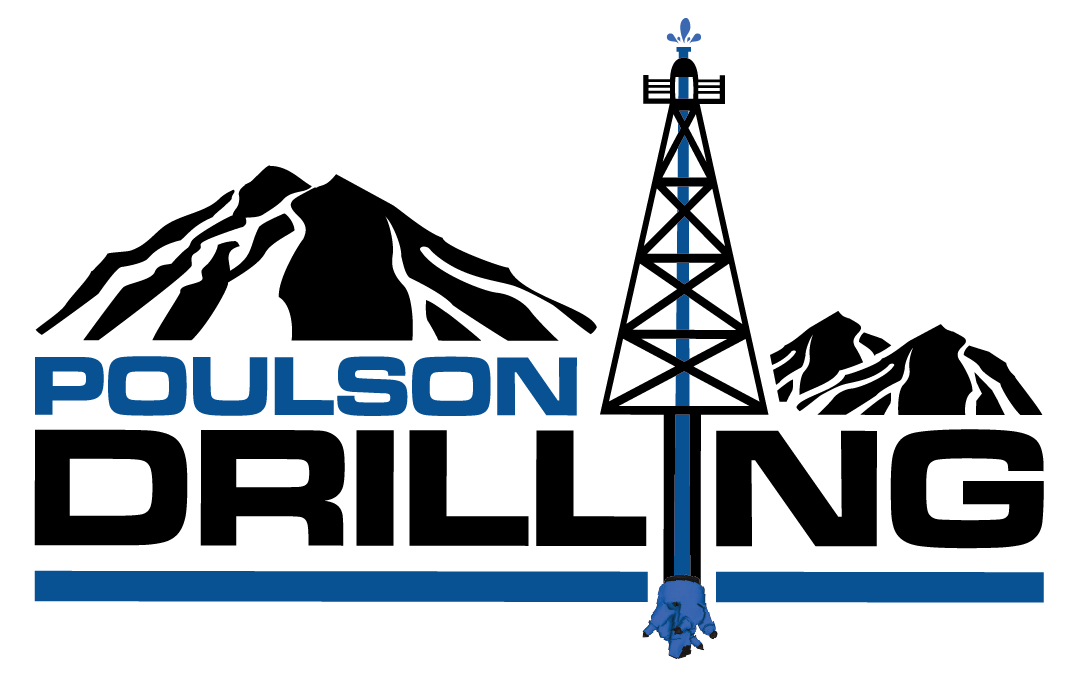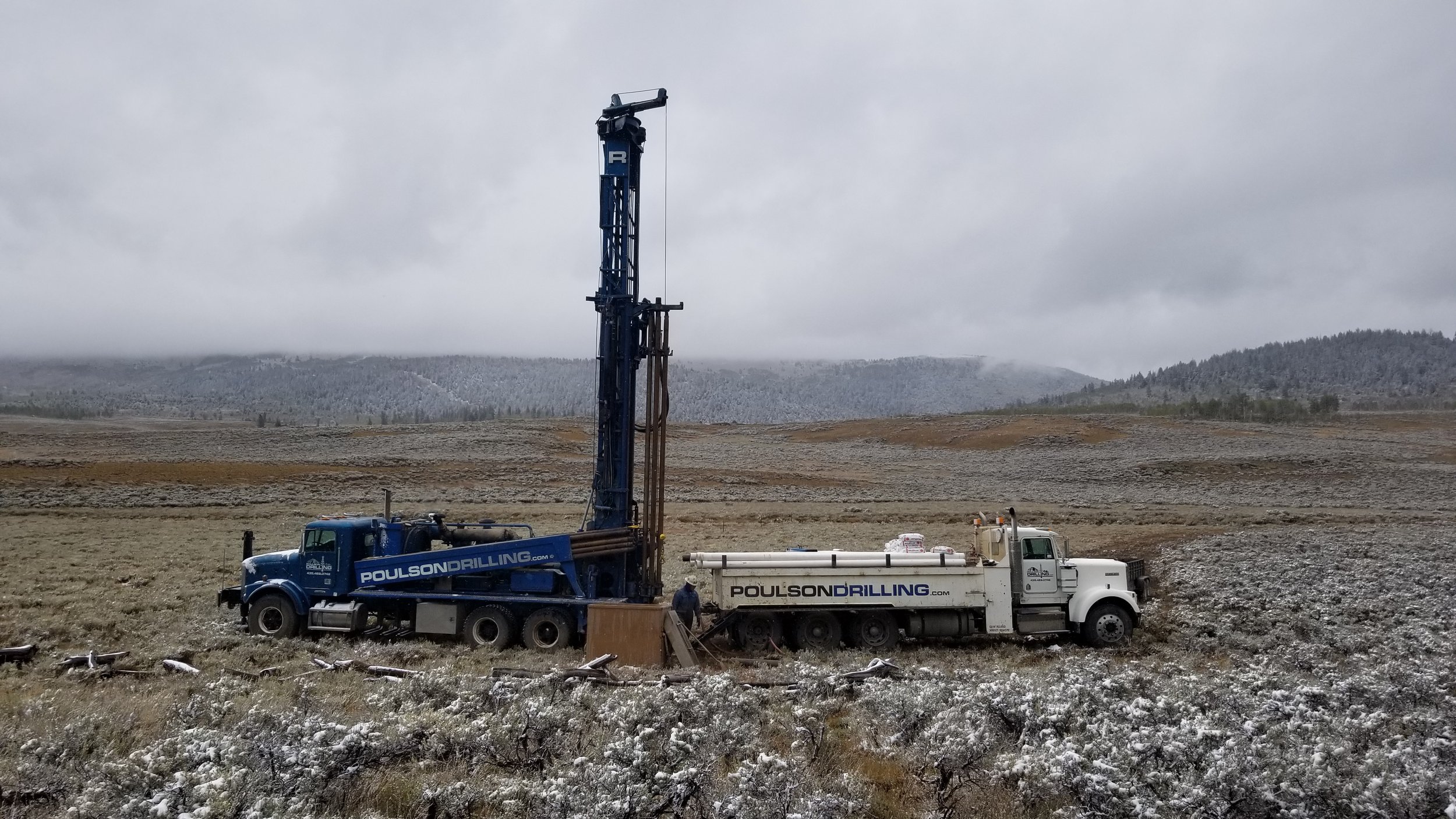FAQs
-
The first thing you will need to drill is an underground water right. You then need a well drilling permit containing all pertinent information regarding well location, water right numbers, etc. With this information, there will be a Driller's Start Card and an Applicant's Card. You must have the original Driller's Start Card available to give to the driller before any construction can begin in the state of Utah.
-
On your application to drill, you will fill out the required information, including an approximate location where the well should be constructed. We usually recommend considering the layout of a yard, sheds, septic systems, house, and driveway when locating the well. It needs to be accessible for servicing but out of the way enough to prevent damage from vehicles and machinery.
-
We have made as little as ½ GPM work for our customers. We have minimum recommendations for our customers. We like to leave the well with approximately 100 feet of water standing in the well when we are finished. So, if the static (top of water standing in the well) was 100 feet, we recommend going to at least 200 feet and prefer to intersect the next water-bearing zone, if we haven't already, by the time we have the 100 feet minimum of standing water in the bore. The second benchmark that we like to see for domestic household situations is a 15 Gallons Per Minute flow rate. We don't always get this. Once we have notable water in the well, we contact the well owner, and from that point on, it is a financial decision that our customers make.
-
An artesian well is a type of well that taps into a pressurized underground water source. It doesn't need a pump for water to rise to the surface, the water naturally rises to the surface due to the pressure in the aquifer. This type of well is named after the region of Artois in France. Artesian wells are valuable for providing a steady and reliable water supply for various uses.
-
-
Item description
Where should I drill?
Many future well owners plan their well site location based on convenience. This is normally not practical when considering all the factors. For the most part, you will want to consult with a licensed well driller but here are some basic items to consider.
You want to make sure you are away from a latrine, human or animal waste.
Consider the flow of the water and where to place the well to avoid contaminants.
Make sure to have room for the drill rig to be able to operate.
Consider the ground and soil. Make sure the drill rig can penetrate the ground, but you also want the soil to be stable as well.
Consider power lines and the danger that could be increased when installing or accessing the well.
Consider the layout of a yard, sheds, septic systems, house, and driveway when locating the well.
Most counties have a minimum spacing requirement between the septic system and the well. The minimum is usually 100 feet.
Requirements by the State Engineer’s Office
The following operations require a licensed well driller and/or pump installer to perform them:
Private Water Production Wells (e.g., domestic, stock water, irrigation, industrial, and commercial wells)
Public Water System Supply Wells
Recharge and Recovery Wells
Cathodic Protection Wells
Heating and Cooling Exchange Wells (Both closed-loop and open loop vertical systems)
Test Wells and Monitoring Wells, and Piezometers
Inclinometers and Dewatering Wells if they affect an established aquifer
Property Ownership and Water Rights
Once you have an idea of where you would like the well site located, its important to research water rights according to your location. You will need to confirm that it is legal to drill in that location and obtain a permit. There are different water rights depending on your county in Utah. Make sure to know your counties water rights by checking out this map.
On the application you fill out to drill, an approximate well site location will be required. There is information on the Utah Division of Water Rights website where you can find out the requirements for the application. There are also resources there to gain the correct paperwork and permit to fill out. The area you select when filing for the permit to drill is where the well be located. At this point this area is only approximate.



